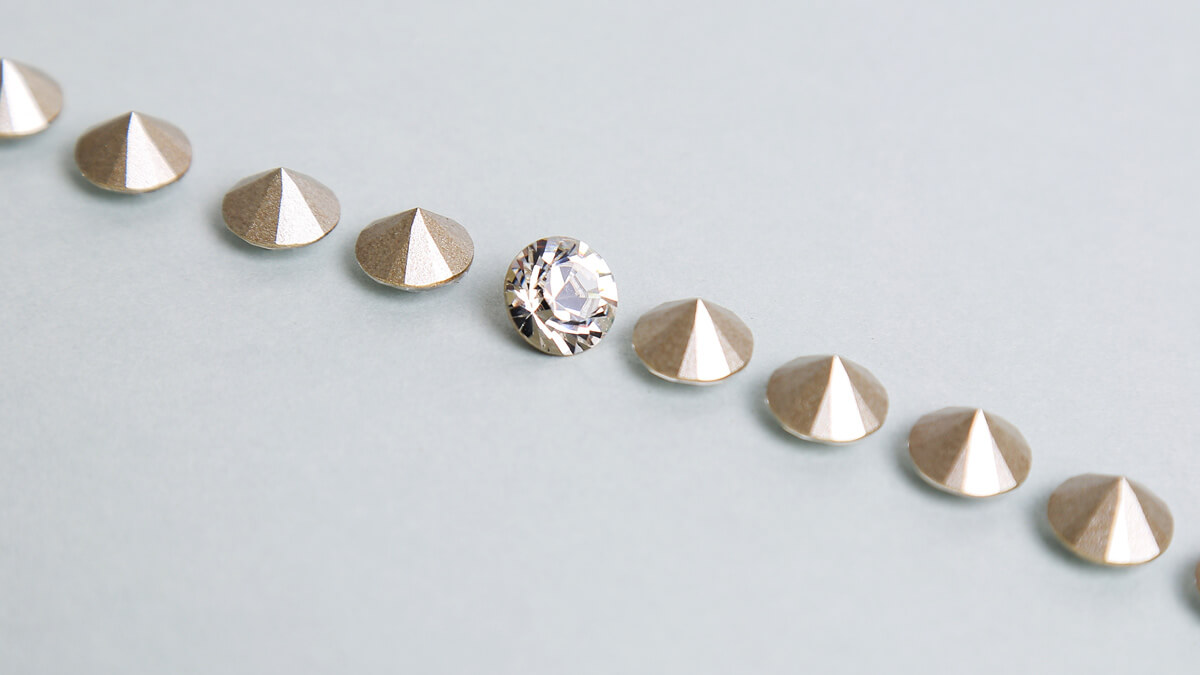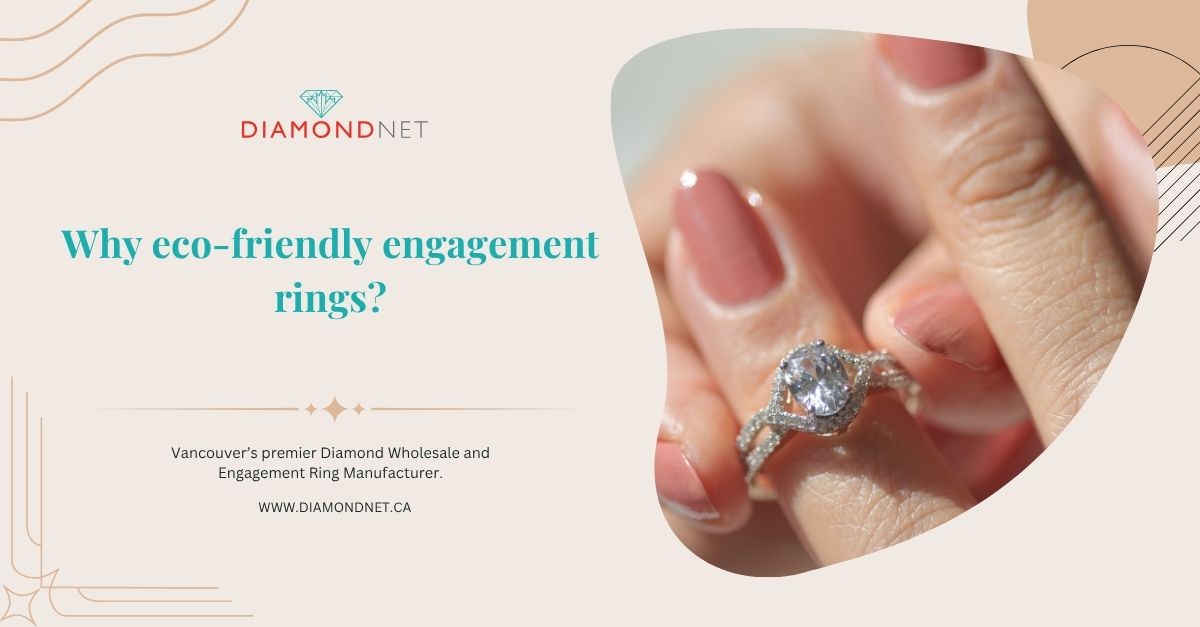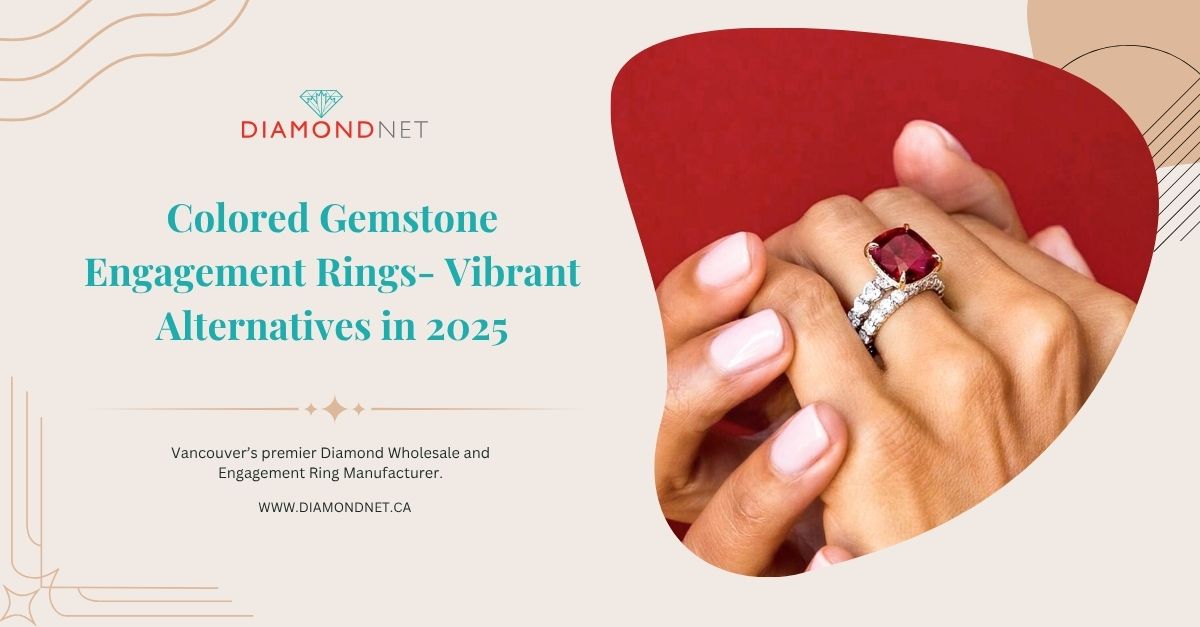Throughout this world, a symbol of wealth and love is diamonds. There are dozens of reasons to cover why, but what made it so brilliant that it began gaining all these titles? The answer lies within the science and its features. Below, we’ll discuss the brilliance of a diamond.
The crystal lattice structure of diamonds
Diamonds are constructed of carbon atoms arranged in a “crystal lattice structure”. This structure gives diamonds their unique properties, including their hardness and ability to reflect light. Below, we’ll discuss more about their properties and more. Diamonds are the hardest substance on earth, making them useful in a variety of industrial applications, including cutting and drilling.
The scientific brilliance of diamonds
Starting off, we’ll start with light reflectance. In multiple countries throughout the world, the brilliance of a diamond is determined by the way it reflects and refracts light. Here’s a simplified example, as the light coming from wherever meets the diamond, it slows down and begins getting bent. This process is known as refraction. Due to the refraction, the light begins bouncing within the diamond creating the illumination of the light reflecting off the diamond and making a beautiful sparkle.
Other factors that affect a diamond’s brilliance
In addition to everything before, the Five C’s also factor in. Carat weight, colour, clarity, cut, certification. All of these add up to the brilliance as well. Here’s some more information below.
Inclusions and/or blemishes will reflect more light, as will a diamond with a higher colour grade. However, generally, inclusions are of lower quality.
To enhance the refraction diamonds are polished, and a well-cut diamond will have an immense level of brightness, fire, and scintillation. Below, we’ll discuss all three of those sections.
Brightness, fire, and scintillation
Brightness has no different meaning and still refers to the amount of light. In this case, it’s how much of that enters the diamond and reflects out.
Fire specifically refers to the method the diamond disperses light into its possible spectral colours throughout the diamond.
Scintillation simply refers to the sparkle that is made when the diamond is moved in the light.
When all of these are put together, a beautiful and amazing diamond comes to life. However, it should be noted these types of diamonds may be hefty on the cash side.
The practical uses of diamonds
Whilst being prized for its beauty, diamonds are known throughout the globe for their uses. Additionally, diamonds are the hardest substance on earth, making them useful in another set of applications, and a great piece of jewelry. Due to their thermal conductivity, a diamond is ideal in most scenarios for conducting heat away from sensitive components. However, there is one use that we all know of, custom engagement rings, they’re the pinnacle of getting married and are known throughout the world.
In conclusion
In conclusion, the brilliance of a diamond is just the overall of all the factors mentioned within this blog, however, there are smaller ones that affect the value more. Those ones depend on your country. A well-cut diamond will have a great balance of brightness, fire, and scintillation, making it truly one-of-a-kind. However, you should note that the higher the cut & level the more expensive, leading to a much harder search for your diamond search. How you will use your diamonds is put to you, and we hope we helped you learn something new today.



